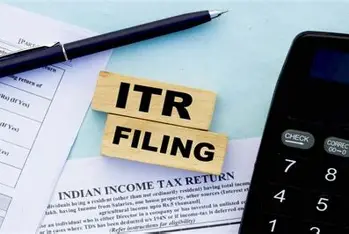Income Tax Return (ITR) filing is a mandatory process for taxpayers in India to report their income and pay taxes, with various forms available based on income type and taxpayer status.

What is ITR?

Types of ITR Forms
The Income Tax Department has notified seven different ITR forms for the assessment year 2025-26 (financial year 2024-25), each catering to different categories of taxpayers based on their income sources and complexity. The forms are:
ITR-1 (SAHAJ): For resident individuals with income up to ₹50 lakh, including salary, one house property, and other sources.
ITR-2: For individuals and Hindu Undivided Families (HUFs) not having income from business or profession.
ITR-3: For individuals and HUFs having income from a proprietary business or profession.
ITR-4 (SUGAM): For individuals, HUFs, and firms (other than LLP) with a total income of up to ₹50 lakh and having income from a business or profession under the presumptive taxation scheme.
ITR-5: For partnership firms and LLPs.
ITR-6: For companies other than those claiming exemption under section 11.
Filing Process
Important Points to Remember
Review Your Details: Always verify your income details against Form 26AS and Form 16 to ensure accuracy before filing. Filing your ITR on time is crucial to avoid penalties and ensure compliance with tax regulations. By understanding the types of forms and the filing process, you can navigate ITR filing more effectively.